The Draft 2025 Electricity Network Options Report is now open for consultation with the Australian Energy Market Operator (AEMO) saying feedback on the document will help shape the electricity infrastructure needed to support the country’s transition from fossil fuel-fired power plants to renewable energy.
The draft report is part of AEMO’s two-yearly consultation on network inputs that inform the development of the Integrated System Plan (ISP), described by the market operator as “a roadmap for the transition of the National Electricity Market (NEM) power system.”
The newly published report flags a range of transmission network options and, for the first time, outlines opportunities for distribution network upgrades to cater for the forecasted uptake of consumer energy resources (CER).
AEMO said the ISP has historically focused on CER uptake as an input, and the optimisation of transmission network investment and utility-scale generation and storage development as an output. The market operator has now begun engaging with distribution network service providers to incorporate insights about their networks and the impact on CER into future ISPs.
“The distribution network will play an increasingly important role, linking individual consumers, their CER such as rooftop solar and household batteries, and other distributed resources into one integrated power system,” AEMO said.
“New investment in these electricity networks will be essential to efficiently provide consumers with access to secure and reliable energy and enable a net zero economy.”
The draft report also includes new and updated transmission network options with AEMO saying the increasing cost of new grid infrastructure means the 2026 ISP will need to re-visit transmission network projects previously identified as critical in a bid to limit the economic impact.
The Australian energy sector continues to be subject to ongoing supply chain issues associated with the delivery of materials and equipment, as well as workforce and skills shortages, AEMO said, adding that cost estimates provided in the report show approximately a 25% to 55% increase in real costs for overhead transmission line projects compared to equivalent cost estimates prepared for the 2024 ISP.

Image: AEMO
“The 2026 ISP will re-visit transmission network projects previously identified as needing to proceed, with the exception of projects that have advanced to anticipated or committed status, seeking to ensure that overall costs for consumers are optimised,” AEMO said.
Jack Curtis, co-founder of Sydney-headquartered infrastructure modelling platform Neara, said the report makes it clear that relying solely on the necessary amount of transmission projects to be built on time and at cost to achieve energy transition goals is not realistic.
“We’ve made incredible progress over the last three years with the rollout of new renewable projects but have overlooked the next biggest opportunity in the transition toolkit: maximising and harnessing the potential of the existing distribution network,”
he said.
“We can no longer afford to under-invest in complementary solutions that can address the primary barrier to our clean energy transition: grid availability and accessibility.”
Curtis said instead of assessing network and generation projects in isolation, all relevant data needs to be considered as a whole.
“This will ensure megawatt hours are delivered at the cheapest cost to the consumer without further derailing clean energy targets,” he said. “The existing network holds multiple gigawatts of untapped potential, but unlocking it requires a shift in both policy and execution.”
“New digital technologies underpinned by sophisticated artificial intelligence and machine learning can generate highly accurate digital models of the grid, helping identify optimal paths to unlocking existing grid capacity and connecting the most viable renewable assets at scale.”
AEMO is now calling for stakeholder feedback on the draft report with submissions due by 23 June 2025.
This content is protected by copyright and may not be reused. If you want to cooperate with us and would like to reuse some of our content, please contact: editors@pv-magazine.com.
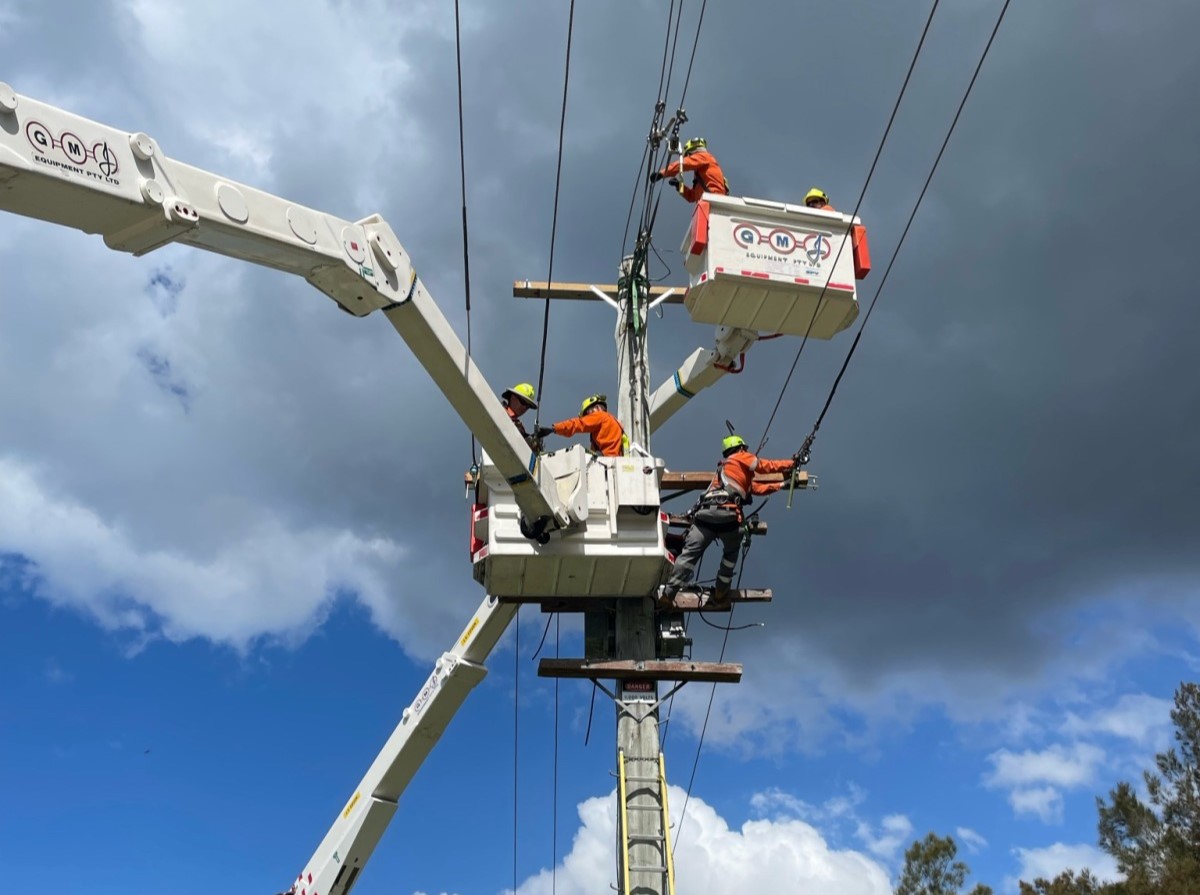
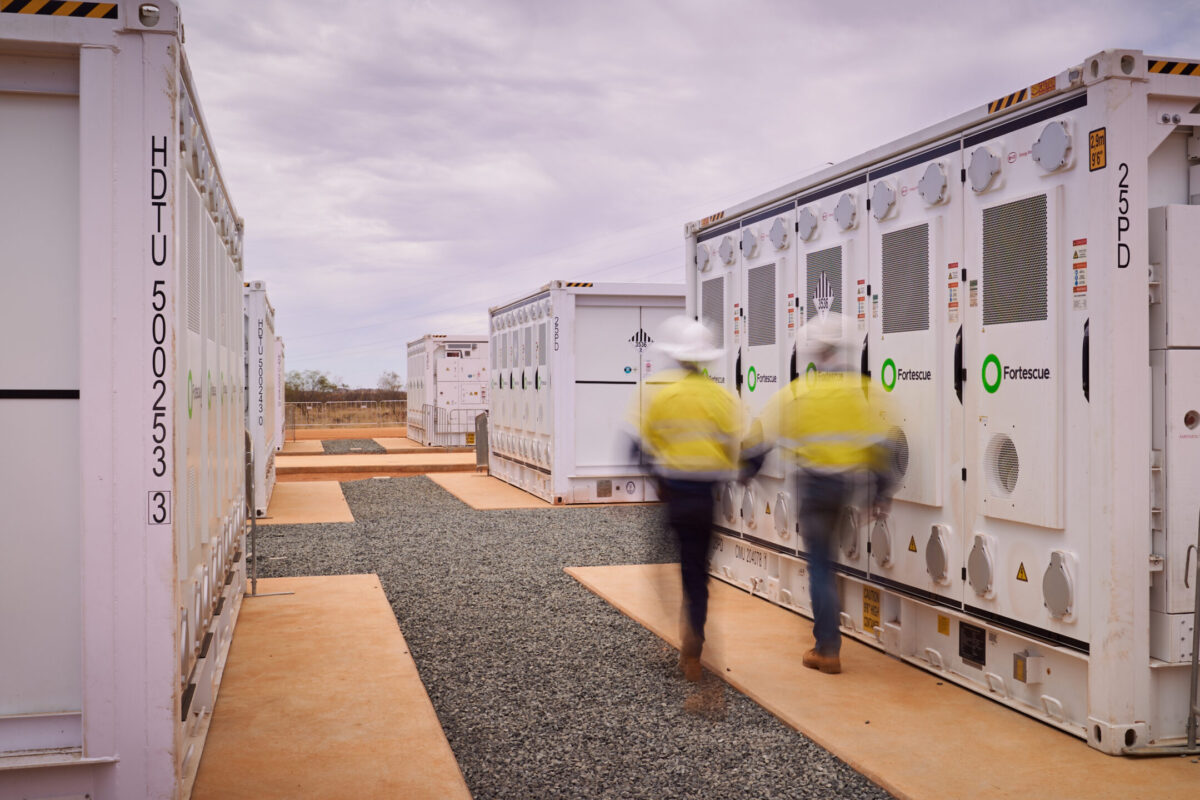
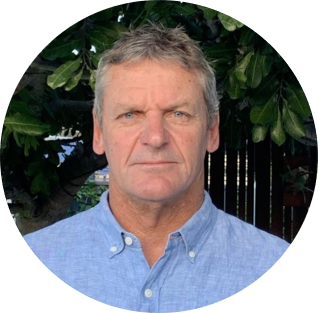

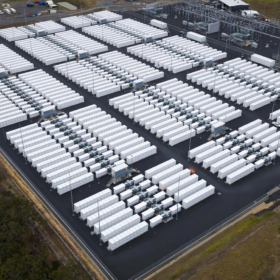
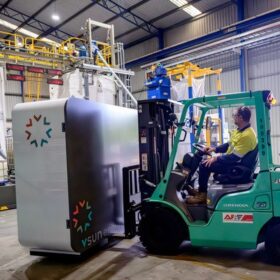
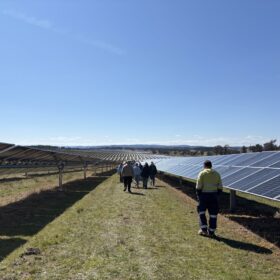
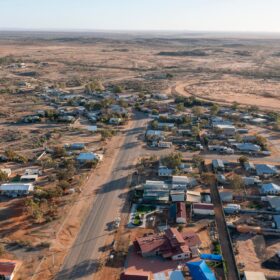
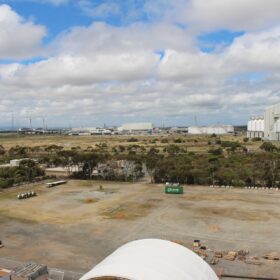
They also need to take into account resilience and distributed generation as key criteria when considering increasing extreme weather events and the need to be able to both continue supply and rapidly restore supply through these events. This is not a simple extension of what we have today.